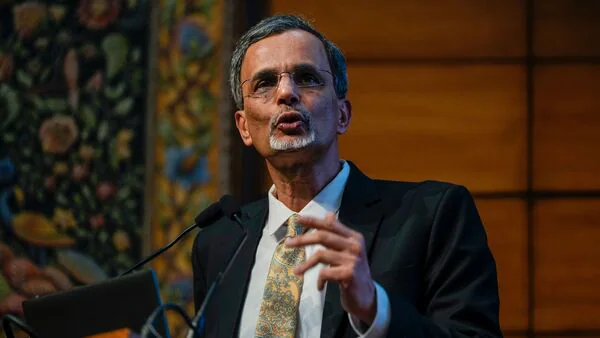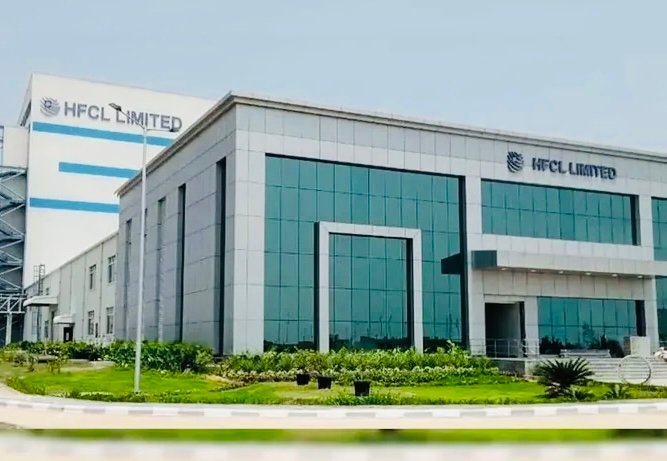NEW DELHI, Sept 8 — India’s Chief Economic Adviser (CEA) V. Anantha Nageswaran has cautioned that the country’s gross domestic product (GDP) could shrink by up to 0.6% in the current fiscal year due to punitive tariffs imposed by U.S. President Donald Trump. In an interview with Bloomberg TV, Nageswaran described the 50% tariff hike on Indian goods as a “major risk” to economic growth and expressed hope that the penalty would be “short-lived”.
The tariffs, which came into effect in late August, were introduced in response to India’s continued purchase of Russian crude oil. The move has made Indian exports significantly less competitive in the U.S. market, particularly affecting labor-intensive sectors such as textiles and jewellery. The United States remains India’s largest export destination, amplifying the potential impact on trade volumes.
“Depending upon how long it lasts even in this financial year, it may translate into a GDP impact of somewhere between 0.5% to 0.6%,” Nageswaran said. He warned that if the tariff uncertainty extends into the next fiscal year, the drag on growth could be even more severe.
Despite these headwinds, the government is maintaining its GDP growth forecast of 6.3% to 6.8% for the fiscal year ending March 2026. This optimism is supported by strong first-quarter performance, with the economy expanding by 7.8%—the fastest pace in over a year.
Nageswaran also pointed to recent policy measures that could help offset the tariff impact. These include broad-based cuts in Goods and Services Tax (GST) rates on essential items, which are expected to boost consumption and add 0.2% to 0.3% to GDP growth. Inflation remains at an eight-year low, further supporting disposable incomes and spending.
India is also on track to meet its fiscal deficit target of 4.4% this year, aided by a record dividend transfer from the Reserve Bank of India and strategic asset sales.
Foreign Portfolio Investors (FPIs), however, have reacted sharply to the tariff announcement, pulling out ₹12,257 crore (USD 1.4 billion) from Indian equities in the first week of September. This follows net outflows of ₹34,990 crore in August and ₹17,700 crore in July, bringing the total FPI equity outflow to ₹1.43 lakh crore so far in 2025.
While the near-term outlook remains volatile, analysts believe India’s structural growth story, ongoing reforms, and resilient domestic demand could help cushion the blow and restore investor confidence once global uncertainties ease.



